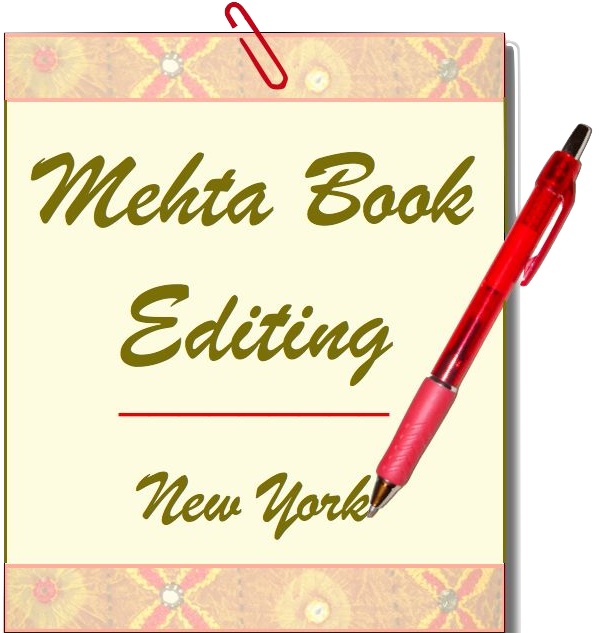The Women’s Fiction Dilemma: A Contested Label Continues to Sell Books
/[Note: This article originally published in Jane Friedman’s newsletter The Bottom Line (previously called The Hot Sheet) on April 16, 2025. This is an excerpt, and if you’d like to read the full article (about 1685 words), please click here. Agents interviewed are Erin Niumata of Folio Literary Management, Jessica Sinsheimer of Context Literary, and Carly Watters of P.S. Literary Agency, along with executive editor at Zibby Books Kathleen Harris.]
Back in 2022, when Publishers Marketplace retired women’s fiction from its deal and dealmaker categories, it was an “overdue change,” according to founder Michael Cader. “The term is both limiting and impossible to define,” Cader writes (sub required), “and we aim not to presume or define a book’s audience, or categorize books, by gender.”
But as Publishers Marketplace acknowledged, the term women’s fiction remains a BISAC subject code, and it continues to be used widely (though not overtly) by retailers and publishers.
A simple search for women’s fiction on the Penguin Random House website returns over 5,000 results, ranging from bestselling romance writer Danielle Steel to Pulitzer Prize–winning novelists Elizabeth Strout and Anne Tyler.
Macmillan publishes biannual roundups of women’s fiction.
Simon & Schuster has a database of editors who acquire commercial women’s fiction (a different category from commercial fiction, though the two lists overlap).
Both women’s fiction and commercial women’s fiction are also popular tags on Manuscript Wish List® (#MSWL) where agents and editors post about their genre interests.
First, what is the difference between women’s fiction and romance? While chick lit has often been described as a subgenre of romance (it was once a special-interest chapter of the Romance Writers of America, or RWA), women’s fiction isn’t necessarily romantic.

